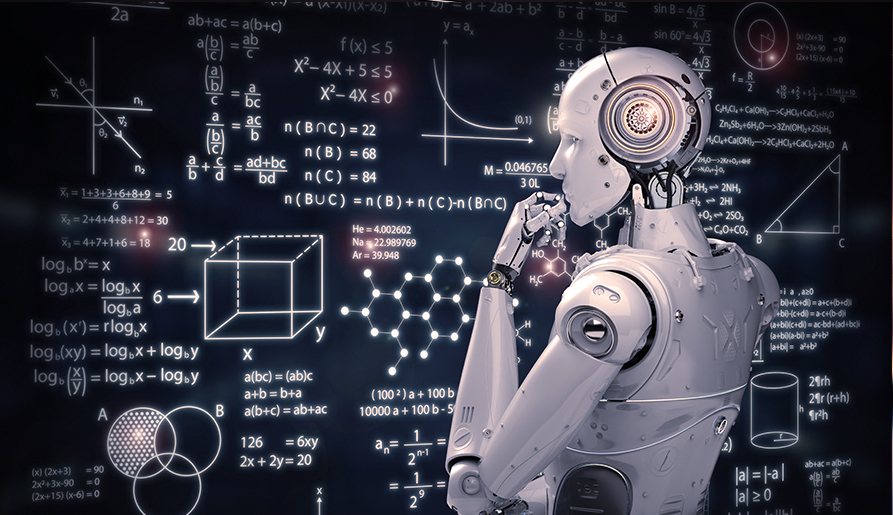Introduction
Artificial Intelligence and Robotics and robotics technologies are increasingly gaining importance in the modern world. These technologies are used to enhance productivity, automate processes, and improve human life in various sectors. This article explores what artificial intelligence and robotics are, how they work, and their impacts on humanity’s future. As these technologies continue to evolve, they hold the potential to revolutionize industries and fundamentally change the way we live and work.
Artificial Intelligence and Robotics Technologies
Artificial intelligence and robotics are closely related fields that often intersect to create innovative solutions. While AI focuses on developing systems that can perform tasks that typically require human intelligence, robotics integrates these AI systems into physical machines that can interact with the real world. Together, they form the backbone of many advanced technological systems:
- Artificial Intelligence (AI): Artificial intelligence refers to the field of computer systems simulating human-like thinking and learning abilities. These systems can analyze complex data, recognize patterns, and make decisions. AI applications include speech recognition, image recognition, natural language processing, and game strategy development. AI systems have the ability to learn from experience, adapt to new inputs, and perform tasks that traditionally require human intelligence, making them integral to the development of smart technologies.
- Robotics: Robotics is a field that combines automatic control, computer science, and engineering principles. Robots are programmable machines capable of performing various tasks. There are different types of robots, including industrial robots, service robots, humanoid robots, and autonomous vehicles. Robotics involves not only the design and creation of these machines but also their integration with AI to enable them to operate autonomously or semi-autonomously in a variety of environments.
Application Areas of AI and Robotics
The integration of AI and robotics has led to significant advancements across multiple industries. These technologies are transforming traditional processes and creating new possibilities in areas such as manufacturing, healthcare, transportation, and education:
- Industrial Automation: Industrial robots are used to perform repetitive and hazardous tasks in manufacturing facilities. This improves production processes’ efficiency and prevents accidents. AI-powered robots can operate with high precision and consistency, which enhances product quality and reduces waste. The automation of complex manufacturing processes also allows for greater scalability and flexibility, enabling factories to quickly adapt to changing market demands.
- Healthcare Services: Robotic surgical systems enable surgeries to be performed more precisely and less invasively. Additionally, service robots can assist with elderly care and hospital cleaning tasks. AI in healthcare also supports diagnostics and treatment planning by analyzing large datasets to identify patterns and predict outcomes. For example, AI can help in early detection of diseases by analyzing medical images, while robots can perform delicate surgical procedures with a level of precision that surpasses human capabilities.
- Transportation and Logistics: Autonomous vehicles, such as driverless cars and unmanned aerial vehicles, optimize transportation and logistics processes, reducing costs. These vehicles use AI to navigate, avoid obstacles, and make real-time decisions, leading to safer and more efficient transportation systems. In logistics, robots equipped with AI can automate tasks such as sorting, packing, and delivery, significantly speeding up the supply chain and reducing operational costs.
- Education and Research: AI and robotics are used in education and research to provide students with hands-on experiences and accelerate scientific discoveries. AI-powered educational tools can personalize learning experiences by adapting to each student’s needs, thereby enhancing engagement and improving outcomes. In research, robotics can automate repetitive tasks, allowing scientists to focus on more complex aspects of their work, and AI can analyze large datasets to uncover new insights and advance knowledge in various fields.

AI and Robotics: Impacts on the Future
AI and robotics technologies will significantly impact human life in the future. They may lead to changes in the labor market, contribute to the emergence of new industries, and enhance quality of life. However, they also pose challenges related to ethics, safety, and employment. As these technologies become more integrated into society, they will likely automate many tasks currently performed by humans, leading to shifts in the job market. While some jobs may be lost, new opportunities will also arise in fields related to AI and robotics development, maintenance, and oversight.
The ethical implications of AI and robotics are also a significant concern. The ability of AI systems to make autonomous decisions raises questions about accountability, transparency, and the potential for bias. Ensuring that AI and robotics technologies are developed and used responsibly will be crucial in addressing these challenges. Furthermore, as these technologies advance, they will play a critical role in addressing global challenges such as climate change, healthcare accessibility, and food security, highlighting the importance of their ethical application.
Conclusion
Artificial intelligence and robotics technologies will play a crucial role in shaping humanity’s future. Understanding their potential, assessing their benefits and risks, and using them within an ethical framework are essential. As we continue to develop and integrate these technologies into our lives, it is vital to consider not only the technical advancements they bring but also the societal implications. AI and robotics have the potential to contribute to human progress and improve quality of life, but they are powerful tools that must be managed carefully to ensure they are used for the greater good. The future of AI and robotics is filled with possibilities, and how we navigate these developments will determine their impact on society.




